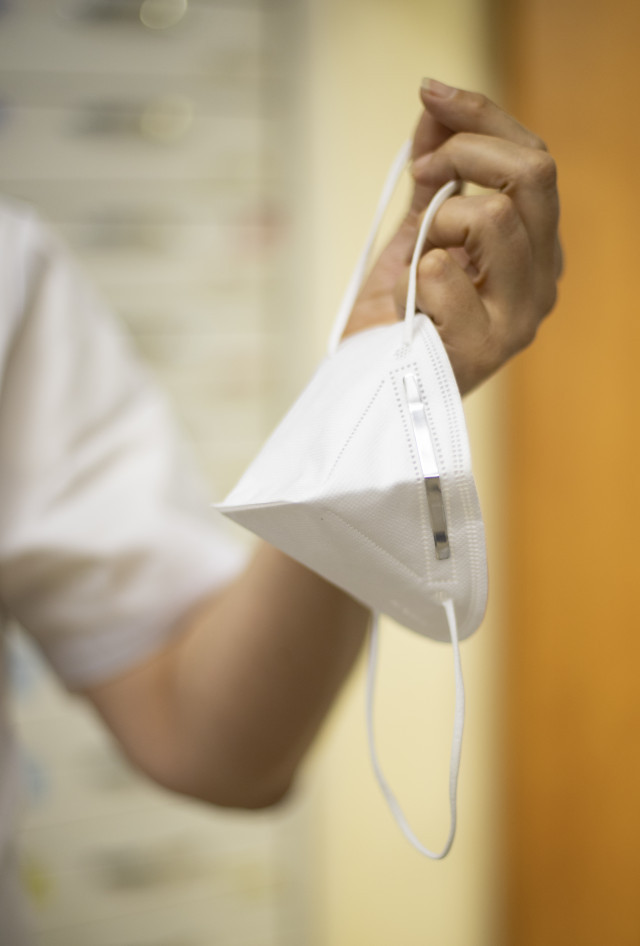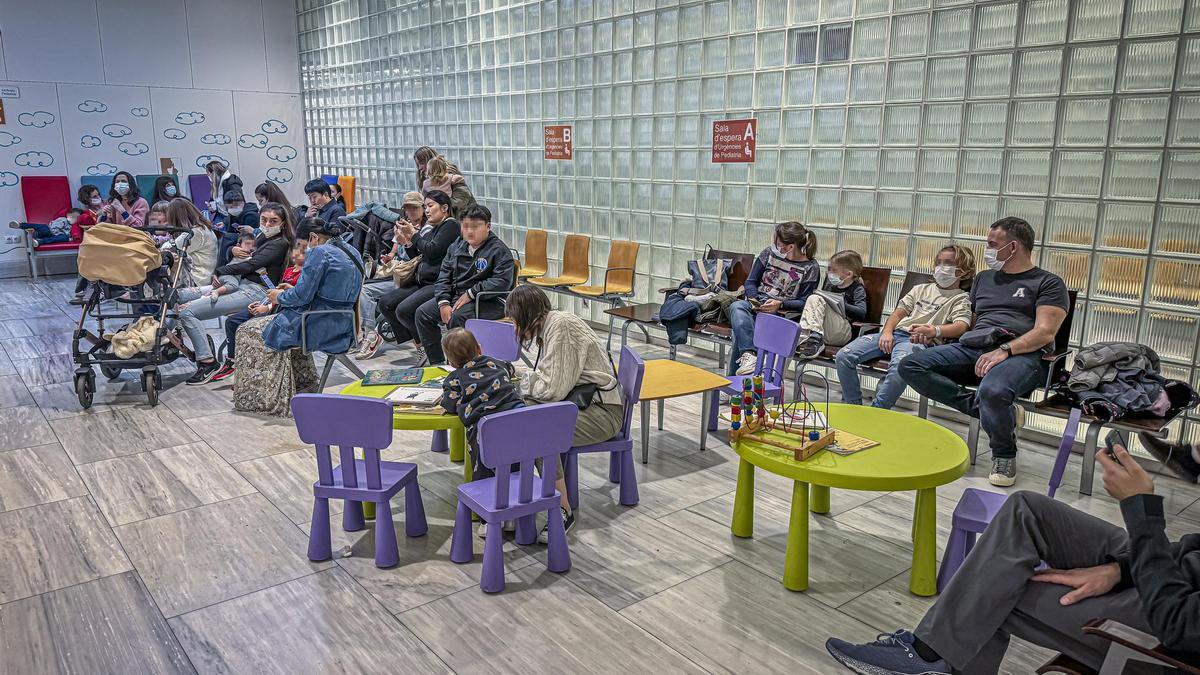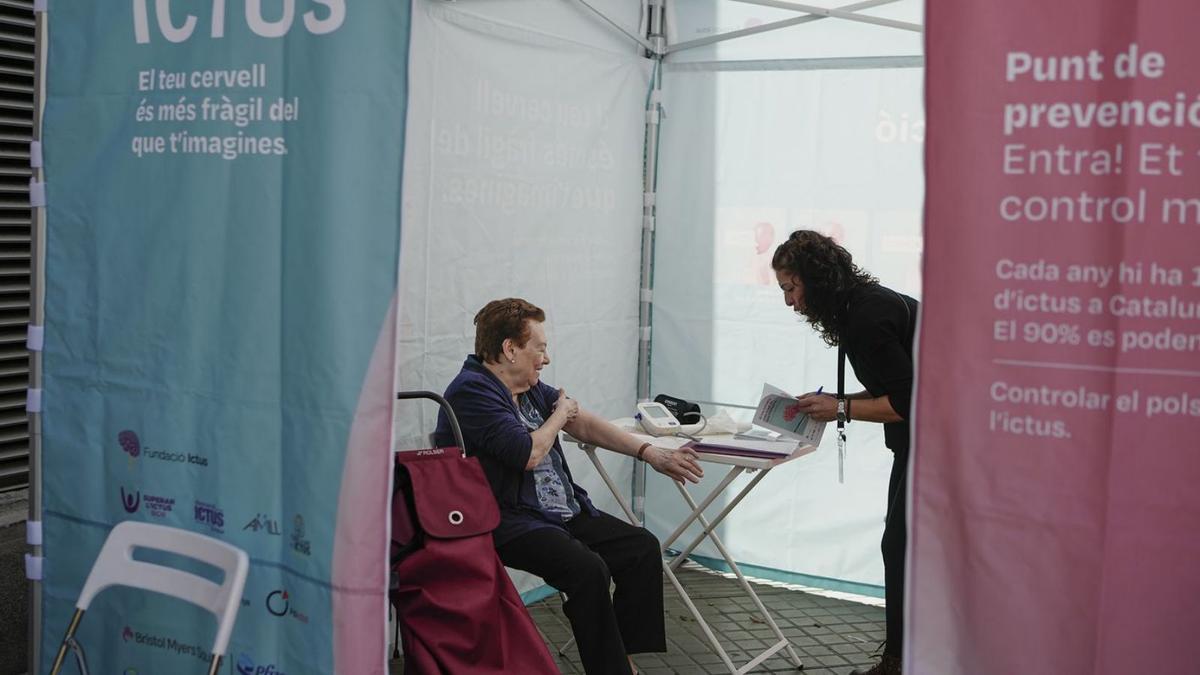The Spanish Society of Family and Community Medicine (SemFYC) called for the implementation of “extraordinary” protective measures in health centers in the face of a surge in influenza and COVID-19 cases, such as restoring mandatory mask use, distributing hydroalcoholic gels, defining separation rooms or specific ventilation procedures for waiting rooms; Furthermore, they ask to go to these centers “only” when medical care is needed.
These infections usually have a self-limiting course, i.e. a tendency towards spontaneous recovery, without the need to resort to any specific treatment, which does not currently exist. “These operations are a clear example of the importance of health education and self-responsibility in population health,” they noted from semFYC.
Most people should rest for a few days, limit contact and/or stay home until they feel better, and consult a health care professional only if they are at risk (elderly, pregnant, immunocompromised, or have chronic diseases) or If the development is unfavorable or with signs of seriousness.
If visiting the health centre, it is highly recommended to protect your mouth and nose with a suitable mask to avoid infection to other health center users and professionals working there.
Can we talk about tridemia?
As they recall, the current situation leads the population to believe that “tridemia” is being created, when in reality “it is an inappropriate term, because it can give the feeling of co-infection between two or more” people. “In reality, there are very few cases of co-infection,” explains semFYC Infectious Diseases Working Group spokesman José María Molero.
Ana Pilar Javier, Coordinator of Infectious Disease Prevention and Vaccines, explained that the medical community also pointed out the importance of vaccination in all age groups, including minors, as “the main transmitters of influenza”, between them and adults. semFYC Preventive Activities and Health Promotion Program Group.
“If normally one in 10 adults (10%) has influenza, among children this could rise to three in 10 children (30%),” he said.
However, today, it is this population group that records a greater volume of infections. In the last week of 2023, the highest rates of influenza infection detected in primary care occurred in children under one year of age, with 888.4 cases of influenza alone per 100,000 population.
Regarding SARS-CoV-2 in the same population – less than one year old – the data at the end of 2023 amounted to 222.1 cases per 100 thousand inhabitants. The rate of RSV infection among children under the age of four is also high, with the group with the highest infection rate being 1 to 4 years, at 1,637.5 per 100,000 population, and children under 12 months recording 888.4 per 100,000.
The beginning week of the second semester is “complicated”
Although prediction is difficult, the next few weeks, which coincide with the celebration of Kings Day and the start of the second semester, may be “complicated,” according to family doctors.
The difficulties of forecasting lie in the fact that it cannot be compared with what happened in the years before the pandemic, where the influenza epidemic overlapped with the spread of the SARS-CoV-2 virus and various mandatory prevention measures. “We must return to the recent pre-pandemic years,” they said.
Overall, the infection rate maintains a trend similar to that of the pre-pandemic period, “although it is not known whether it will maintain this temporal trend,” Molero points out.
Specifically, semFYC will, starting Thursday, disseminate information among the physician group and via social media about when to go to health centers if you have a viral condition that is likely to be influenza, SARS-CoV-2 or respiratory syncytial virus (RSV). ).

“Infuriatingly humble social media buff. Twitter advocate. Writer. Internet nerd.”



